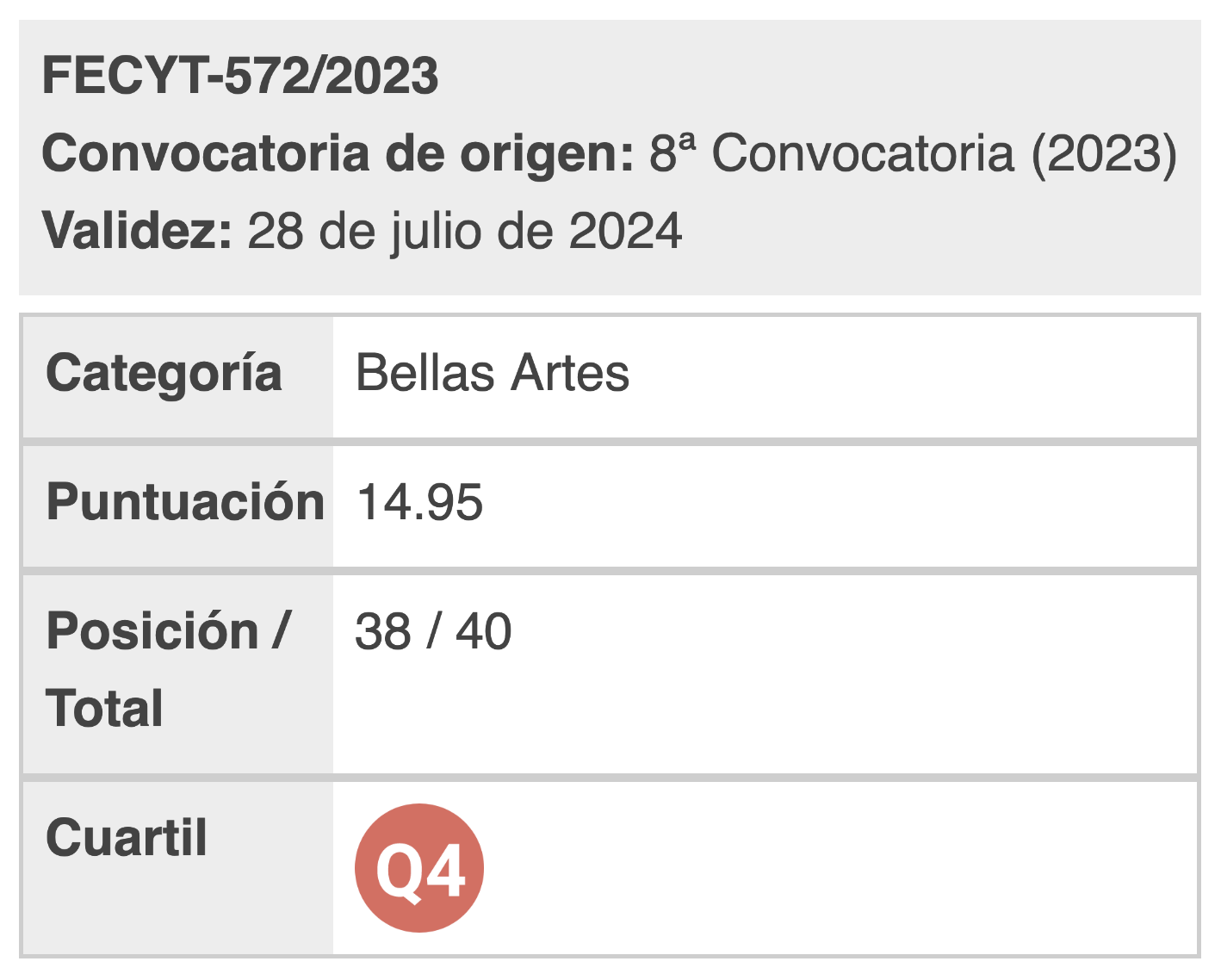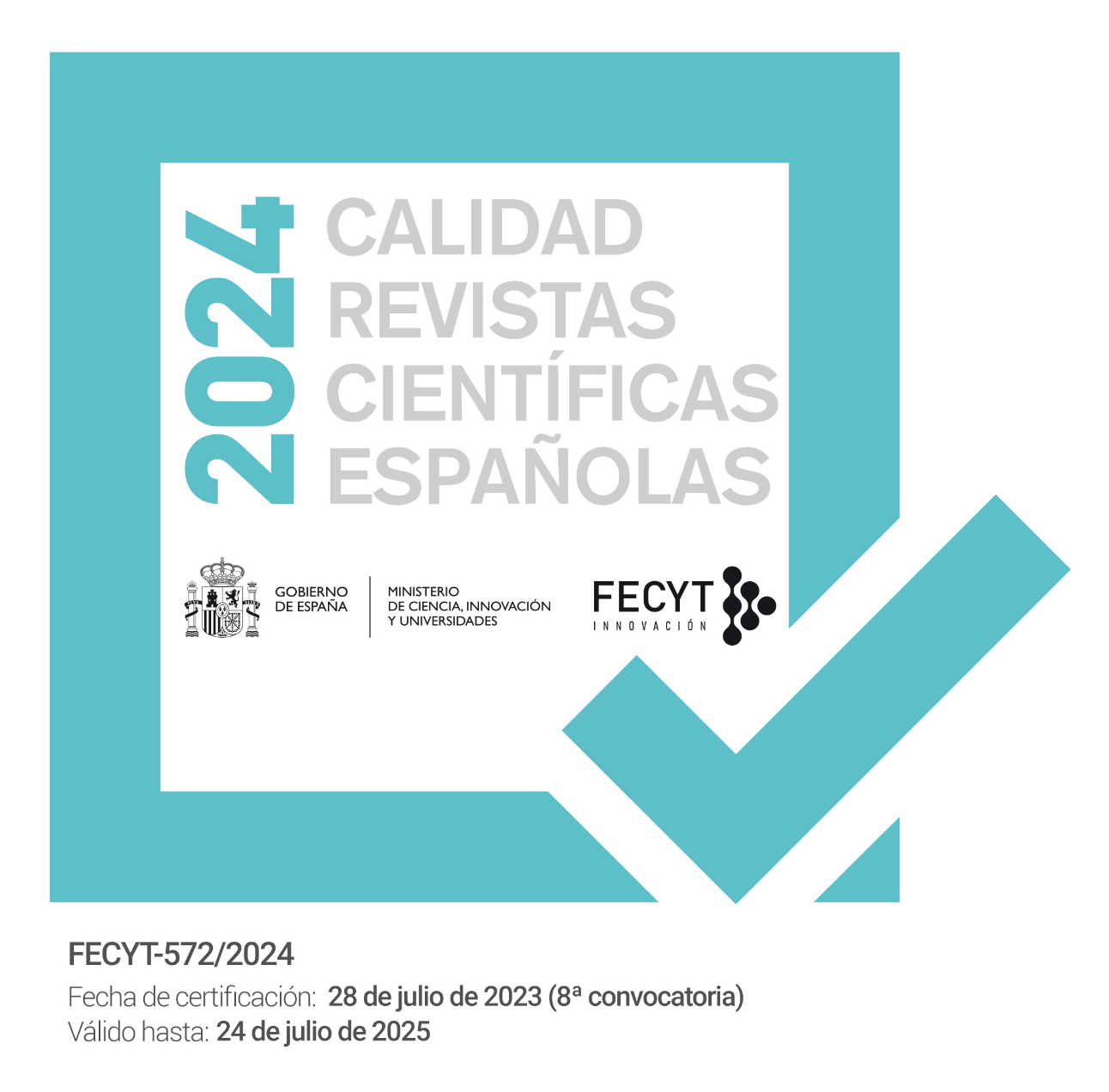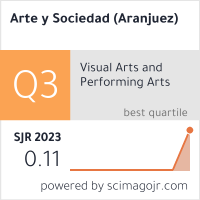Taxonomic photography in the herbarium
DOI:
https://doi.org/10.33732/ASRI.6438Keywords:
Photography; herbarium; science; taxonomy; ecology.Abstract
The article discusses the evolution of herbarium aesthetics, from the first scientific drawings to the emergence of botanical photography and its relationship to artistic movements such as Art Nouveau. It highlights the impact of works such as Karl Blossfeldt's on botanical photography and how these images marked a turning point in the representation of herbaria.
A number of contemporary photographic projects are presented that reinterpret the classical aesthetic of the herbarium and question the relationship between the real and the simulated in the image. These examples illustrate a critical and socially engaged re-reading that proposes a new approach to the representation of nature.
The article concludes by reflecting on the need to revise the conventional standards of herbaria, which have relegated plants to mere objects of study, stripping them of their context and cultural significance. It proposes a new look at botany, from both art and science, that recognises and respects the complexity and interdependence between plants and their environment, thus challenging the patriarchal view of the relationship between humans and nature.
References
Benjamin, W. y Campos, J. A. (2017). La obra de arte en la era de su reproducibilidad técnica. La Moderna.
Benjamin, W. (1936). L’oeuvre d’art à l’époque de sa reproduction mécanisée. Zeitschrift für Sozi-alforschung 5(1), 40-68. https://shre.ink/WalterBenjamin
Blossfeldt, K. (1928). Urformen der Kunst. Photographische Pflanzenbilder.
Bravo, L. (2006). Ficciones certificadas. Invención y apariencia en la creación fotográfica (1975-2000). Metáfo-ras del Movimiento Moderno.
Carreño, F. J. Z. (1990, octubre 1). Lecciones de estética fotográfica. Fco Javier Zubiaur Carreño. https://www.zubiaurcarreno.com/lecciones-estetica-fotografica/
DiNoto, A. y Winter, D. (1999). The Pressed Plant. Stewart Tabori & Chang.
Fieschi, C. y Tarier, I. (2008). Photographier les plantes au XIXe siècle: La photographie dans les livres de botani-que. Éditions du Comité des travaux historiques et scientifiques.
Fontcuberta, J., Gómez, N., Jarauta, F., Sand, M., Gómez, N., Jarauta, F. y Sand, M. (2001). Contranatura. Universidad de Alicante.
García Guillén, E. y Rodríguez García, M. E. (2020). Regreso al Edén: Viajes y expediciones en la Edad Moderna. En Legido V. y Castelo L., editores. Herbarios Imaginados: entre el arte y la ciencia (pp. 77-92). Ediciones Complutense.
Garrido, E. (2022). Arte, botánica y género: sobre el manuscrito extraviado de Nancy Anne Kingsbury Wollstonecraft. Feminismo/s, (40), 211–234. https://doi.org/10.14198/fem.2022.40.09
Gaycken, O. (2012) The secret life of plants: Visualizing vegetative movement, 1880–1903. Early Popular Visual Culture, (10:1) 51-69. https://doi.org/10.1080/17460654.2012.637392
Haeckel, E. (1899-1904). Kunstformen der Natur. Leipzig und Wien: Bibliographisches Institut.
Morilla Chinchilla S. (2023). El giro vegetal. El arte contemporáneo contra la ceguera vegetal. En: Colla-dos Alcaide A. y Morilla Chinchilla S., editores. Mira, una planta. Arte y ceguera vegetal (pp. 27-43). Editorial Universidad de Granada. https://hdl.handle.net/20.500.14352/87568
Legido, T. (2021). Photography and Botany: The representations of naturalism and humanism. Archivo Papers - Journal of Photography and Visual Culture. e-ISSN 2184-9218. https://www.archivoplatform.com/post/apj-words-tlegido2021
Nieto, M. (2000). Remedios para el imperio: de las creencias locales al conocimiento ilustrado en la bo-tánica del siglo XVIII. En Obregón, D., editora. Culturas científicas y saberes locales: asimilación, hibri-dación, resistencia (pp. 89-102). Universidad Nacional de Colombia.
Nieto, M. (2000). Remedios para el imperio. Historia natural y apropiación del nuevo mundo. ICANH.
Thoreau, H. D., & Nava García, M. (2013). Walden (1a. ed). Errata Naturae.
Scott, R. (1903). On the movements of the flowers of Sparmannia africana, and their demonstration by means of the kinematograph. Annals of botany, (vol. XVII) 761-777. https://www.jstor.org/stable/43235237

Downloads
Published
How to Cite
Issue
Section
License

This work is licensed under a Creative Commons Attribution 4.0 International License.
You are free to:
Share — copy and redistribute the material in any medium or format.
Adapt — remix, transform, and build on the material for any purpose, including commercial.
Attribution — You must properly acknowledge the authorship, provide a link to the license, and indicate if any changes have been made.
You may do so in any reasonable manner, but not in any way that suggests that you endorse or receive any endorsement by the licensor for your use.
No additional restrictions — You may not apply legal terms or technological measures that legally restrict you from doing what the license allows.



























